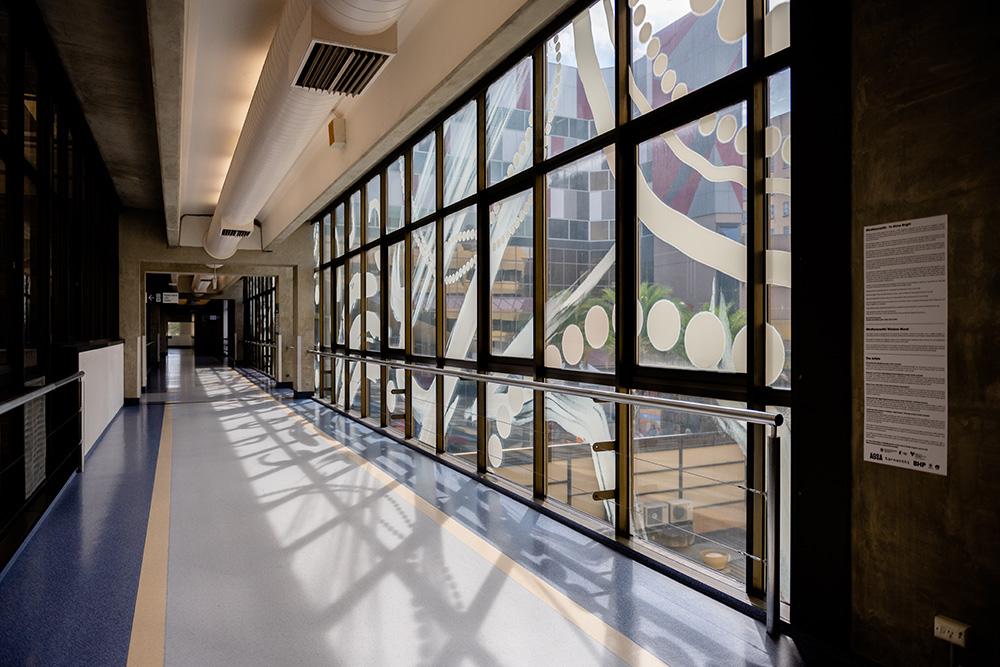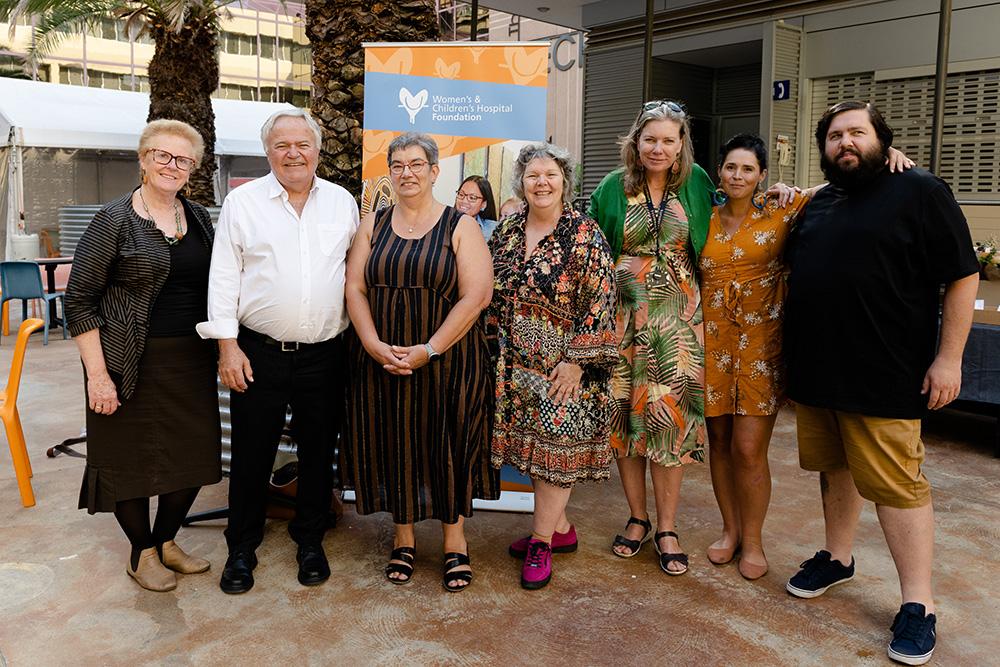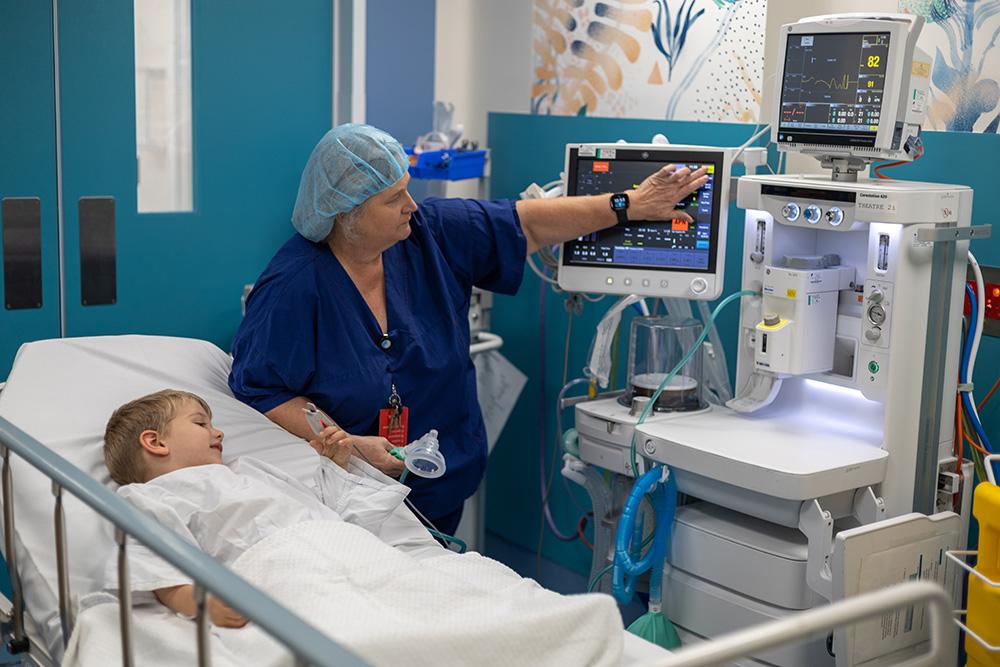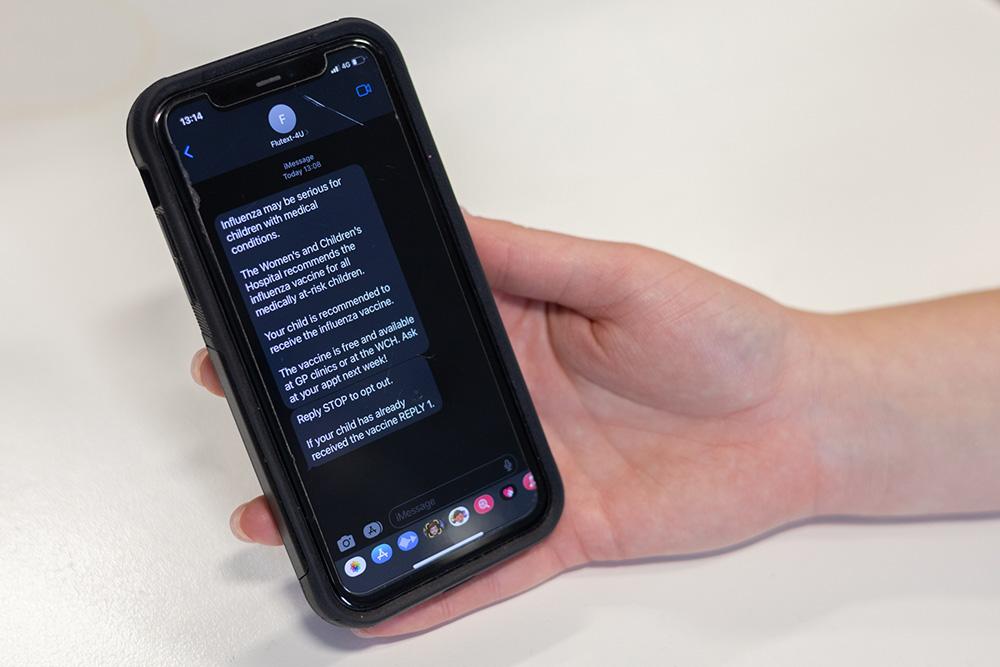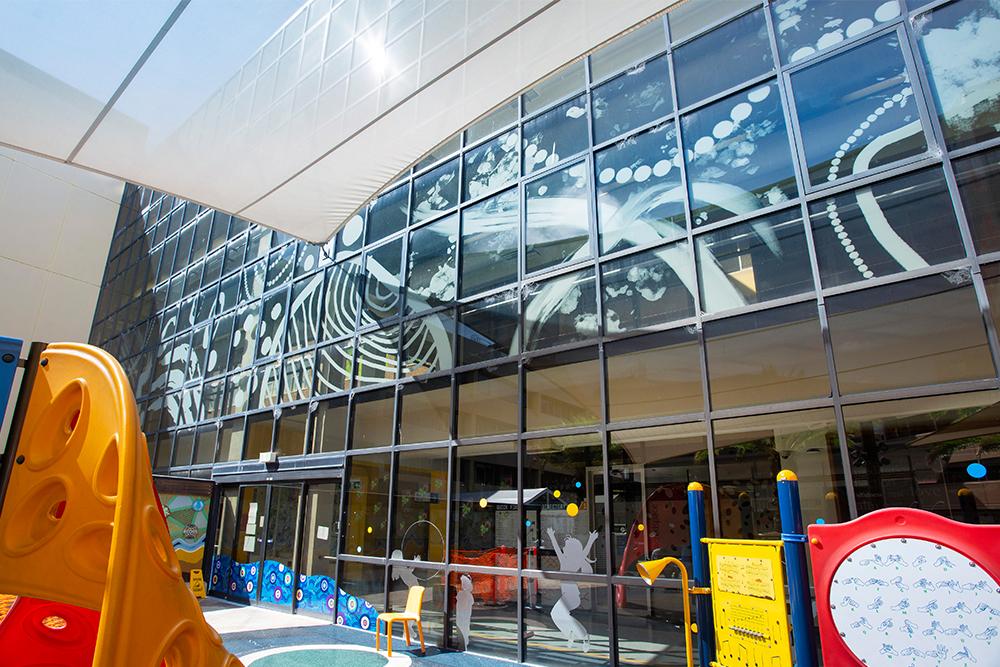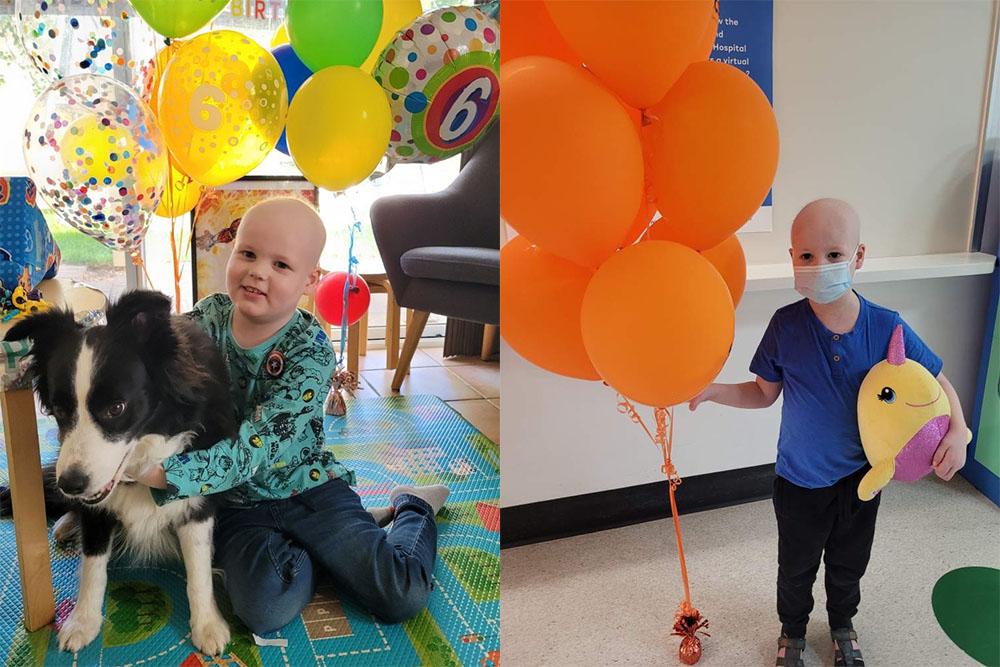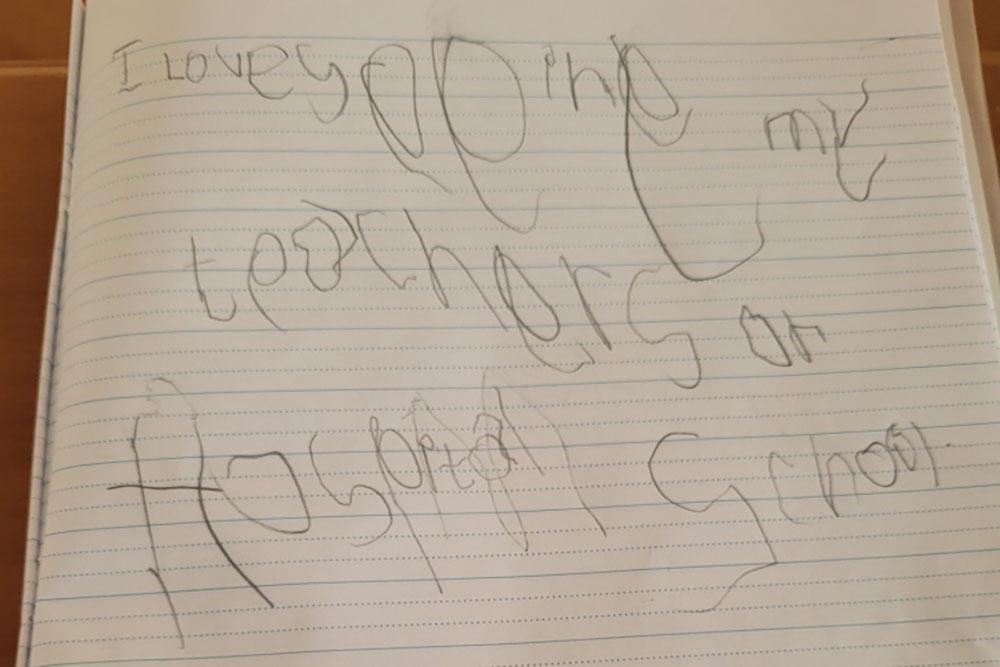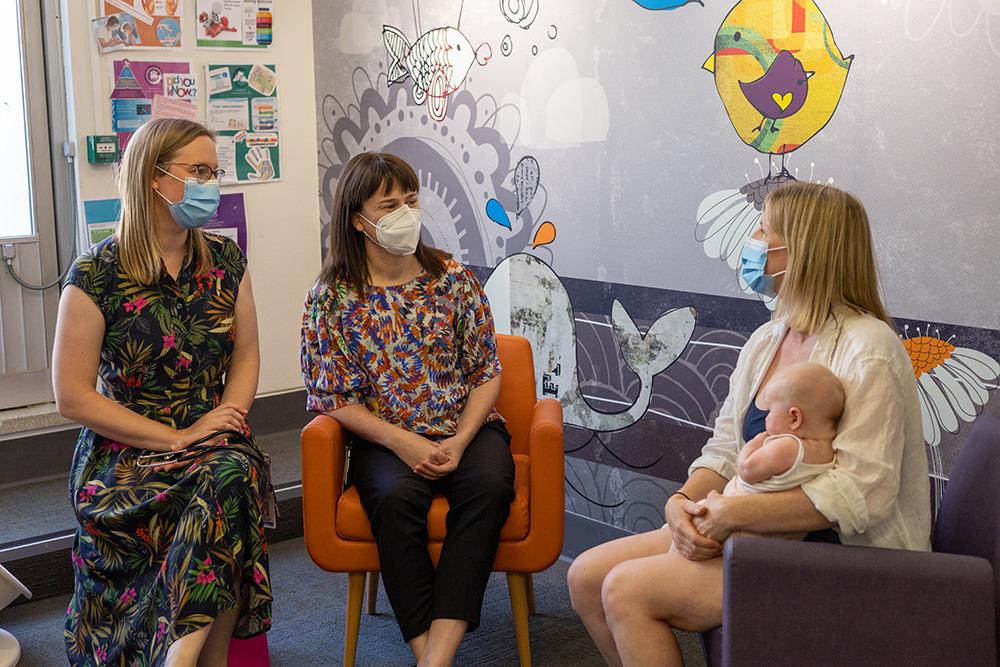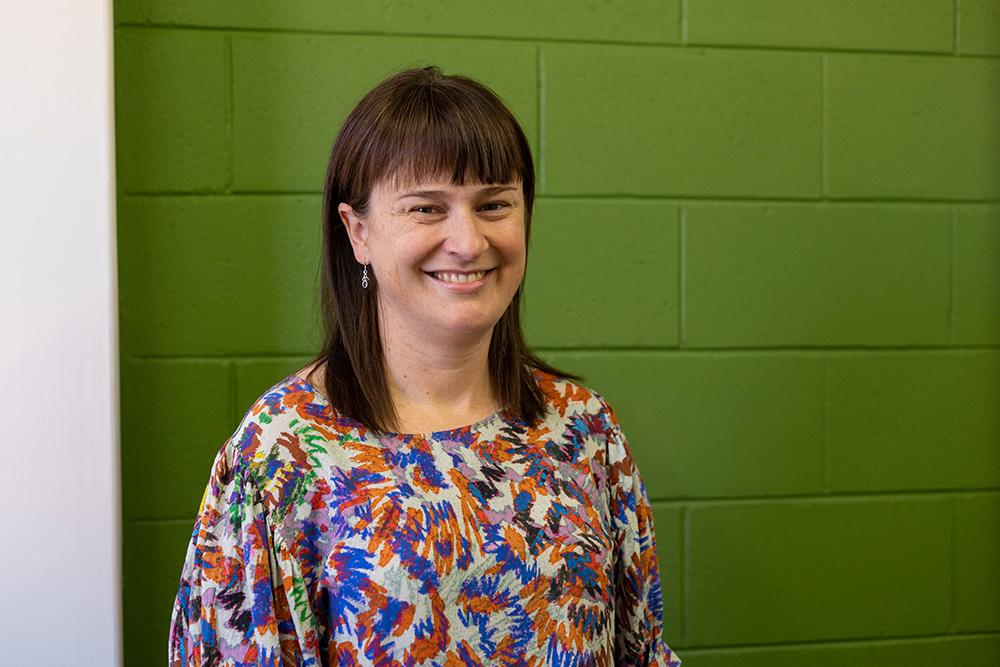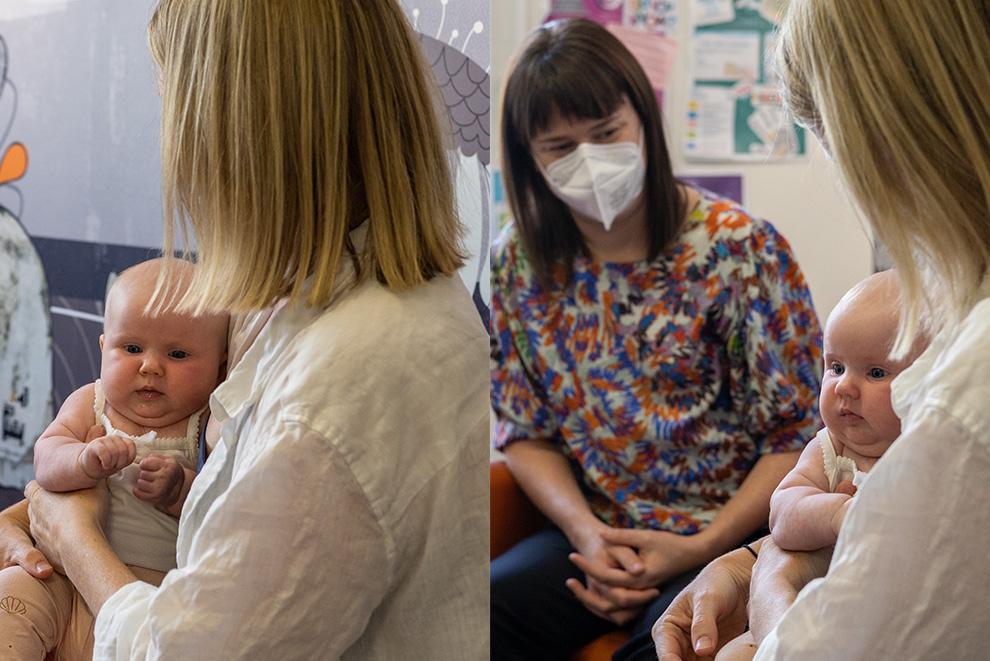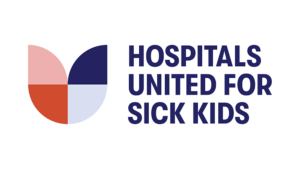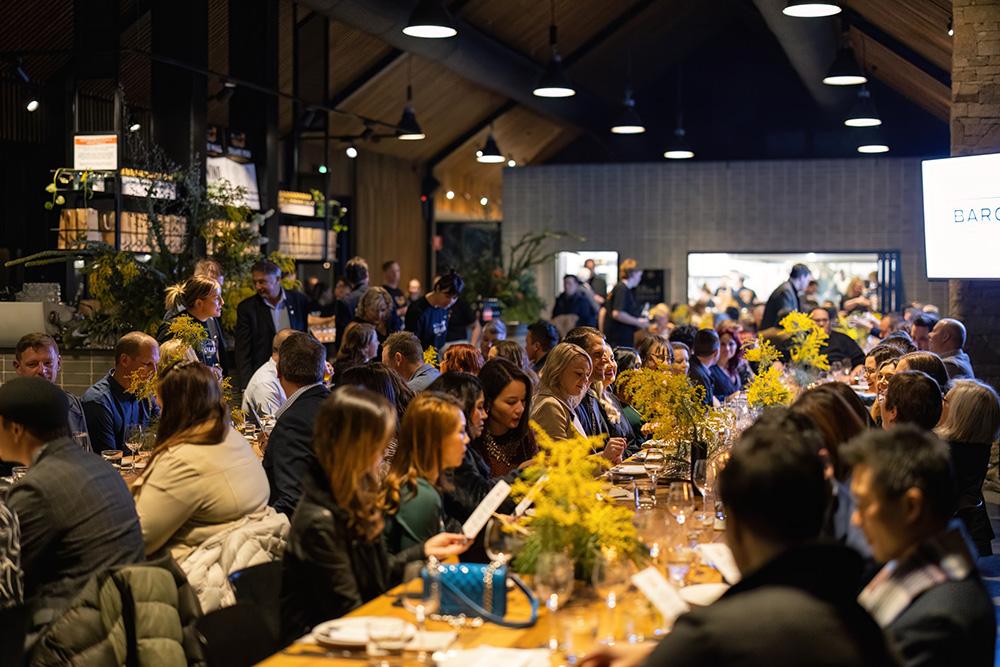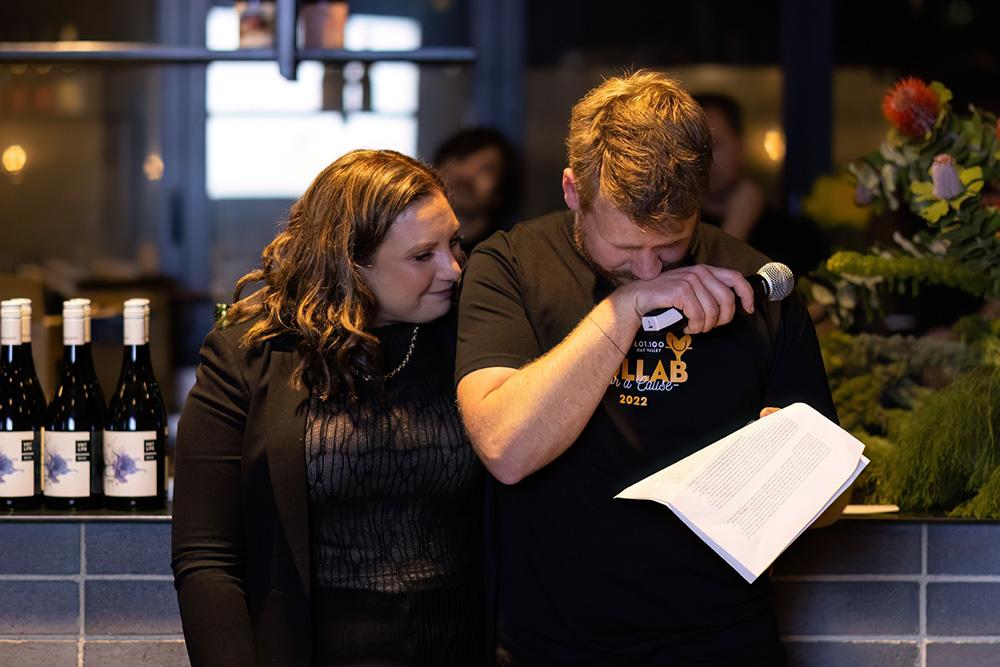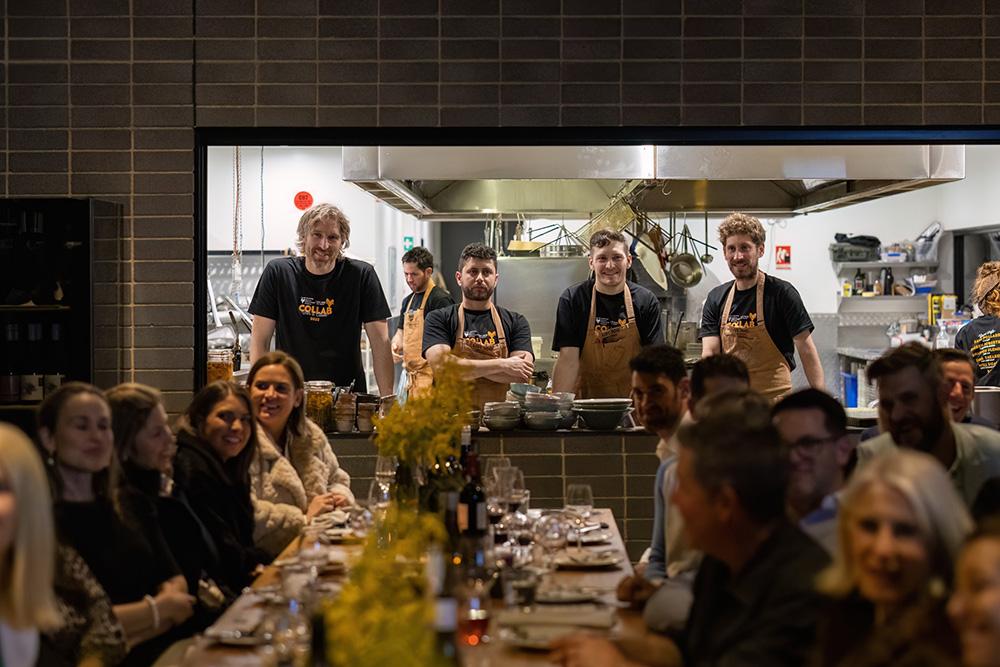In the first quarter of 2023, we have had three major campaigns running with some of our wonderful corporate partners in stores across South Australia and the Northern Territory.
We’d like to say a big thank you to all the staff involved, and to everyone in our community who supported the corporate campaigns in their local stores. Funds raised will help us brighten lives and support brilliant care at the Women’s and Children’s Hospital and its associated Health Network.
Here is a wrap-up of the amazing campaigns with Coles and Curing Homesickness, Costco and BIG W:
Coles and Curing Homesickness
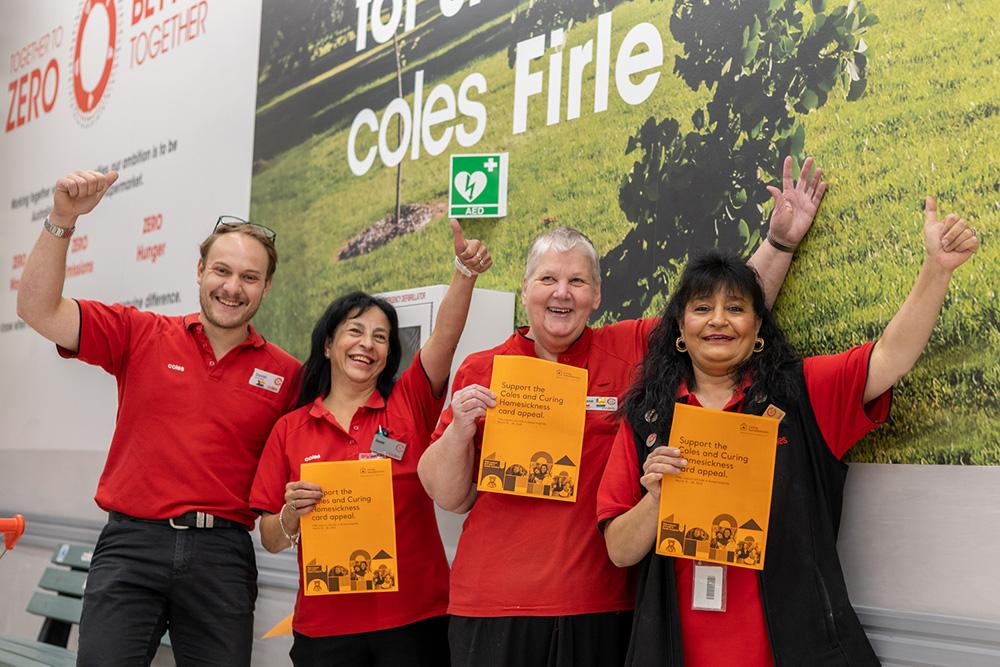
Staff at Coles who helped the Firle store reach the #1 spot in the state for fundraising during the Curing Homesickness campaign!
Through the Curing Homesickness initiative, which partners with paediatric hospitals across Australia to get kids home from hospital sooner, Coles customers could purchase a $2 donation card at the checkout during March to raise funds for sick kids and their families.
Thanks to the Coles community, almost $90k was raised in SA and NT stores!
SA’s Firle store ranked first in the state and fifth in the country which is an amazing effort. Overall, more than $1m was raised nationally in just two weeks.
If you missed out on grabbing a donation card, you can still help by purchasing any ‘Mum’s Sause’ product at Coles anytime throughout the year with part proceeds supporting the WCH Foundation.
Funds raised through the campaign and ‘Mum’s Sause’ sales will contribute towards our new Cocoon Program – a dedicated clinic for babies under 12 months who are both medically vulnerable and in foster care, or at risk of entering foster care.
Costco
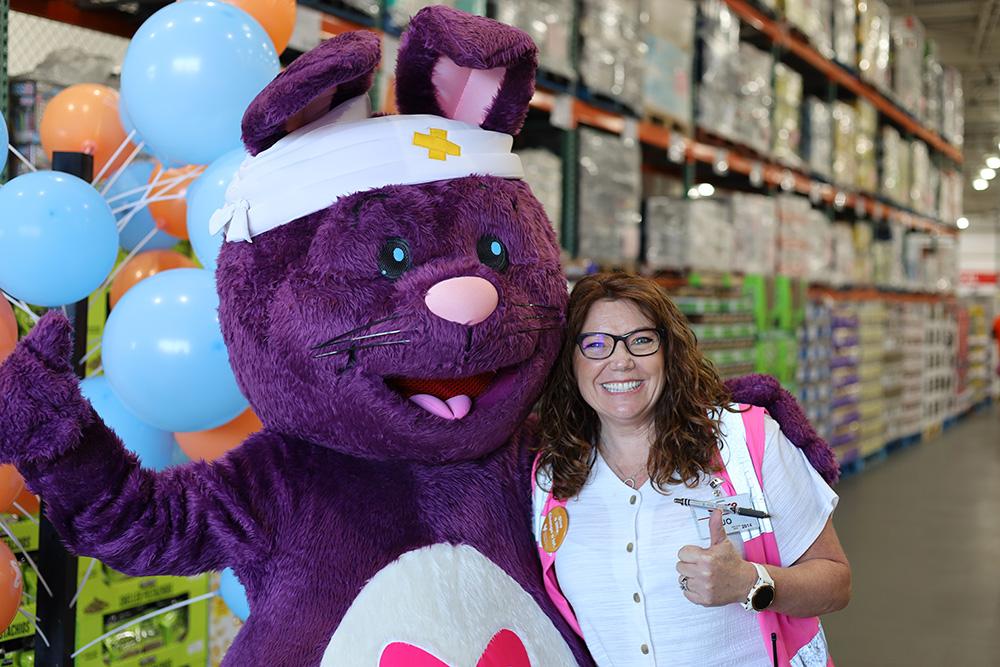
Costco Adelaide’s, Jo, with TK Bunny at a VIP night.
Costco Adelaide held three VIP shopping nights where non-members could experience a shop at the store for a donation to the WCH Foundation.
For those who were already Costco members, they could purchase a token throughout March and April and make a donation to the WCH Foundation.
Thanks to Costco staff and customers, over $20K was raised!
Thank you to everyone who came out and said hello at the VIP nights, to all of Costco’s existing members who kindly made a donation, and to the wonderful Costco staff for their time and efforts.
BIG W
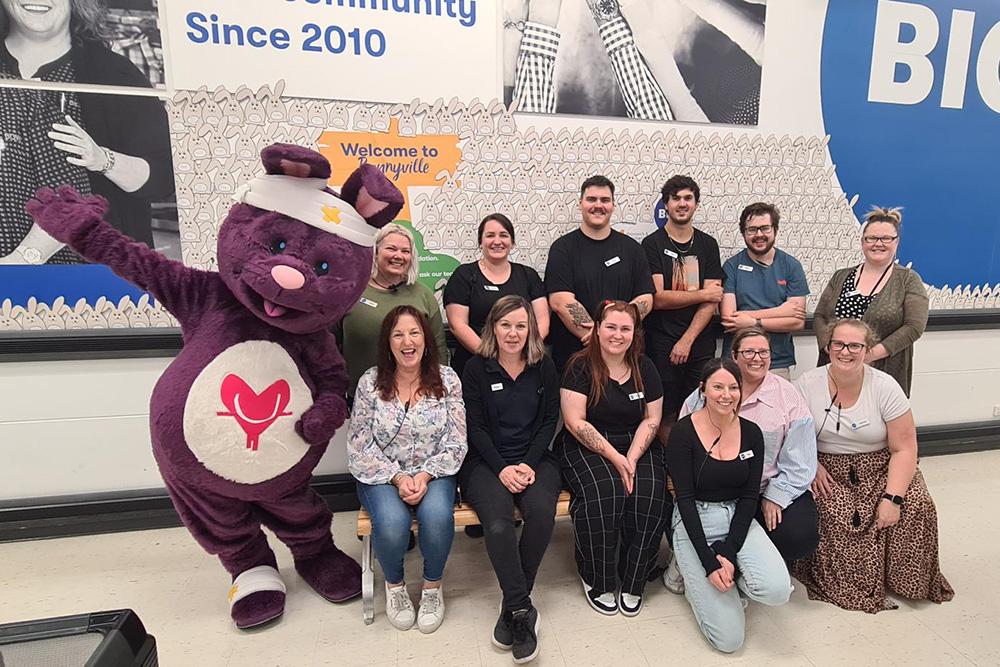
TK Bunny with BIG W staff members who helped raise over $40K.
In just over four weeks, BIG W stores raised over $40K for the WCH Foundation through their Bunnyville token campaign.
Customers could purchase a bunny token when they shopped at their local BIG W in the lead-up to Easter.
The Bunnyville walls in stores throughout SA were absolutely full of tokens. TK Bunny enjoyed a road trip to many of the stores and felt right at home surrounded by so many bunnies!
Thank you to Big W staff and their generous customers for their continued support.

